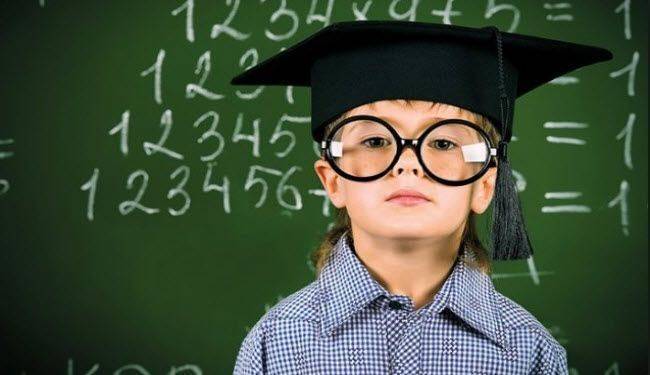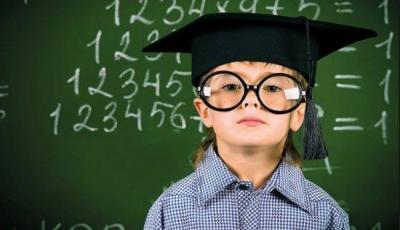Children raised in homes where more than one language is regularly spoken tend to show clearer signs of cognitive development and maturity. This is the main finding of researchers from Anglia Ruskin University in Cambridge, who compared perception and cognitive abilities between early and late bilinguals. Early bilinguals are individuals who master several languages at a young age, possibly even as they begin learning their mother tongue, while late bilinguals are those who learn the second language later in life.
According to the study’s authors, by the time they reach adulthood, early bilinguals can shift their attention much faster than late bilinguals, and they also notice visual changes more quickly and possess sharper cognitive skills.
**Can Being Bilingual Improve a Child's Vision?**
To reach these conclusions, a group of 127 participants took part in two different experiments. The first involved showing participants two pictures on a screen, where one picture gradually faded while the other remained static. Early bilinguals noticed these visual changes much faster than late bilinguals. In the second experiment, participants were asked to switch their attention from one image to another as quickly as possible, and once again, early bilinguals performed significantly better at controlling their attention.
Additionally, the research team previously gathered evidence suggesting that infants raised in multilingual homes adapted to their unpredictable verbal environment by developing faster visual attention skills, and these recent findings indicate that these skills persist in early bilingual children into adulthood.
Dr. Dean de Souza, the lead author of the study, stated, "This study is an exciting extension of our previous research, which suggested that children raised in bilingual homes adapt to their more complex linguistic environments by shifting attention faster and more frequently than others, allowing them to utilize multiple sources of visual information, such as lip movements, facial expressions, and subtle gestures, which ultimately helps them learn multiple languages." Dr. de Souza added, "The results from our new study with adult bilinguals suggest that some of these adaptations, including being quicker at shifting attention and refining cognitive focus, are maintained into adulthood."




